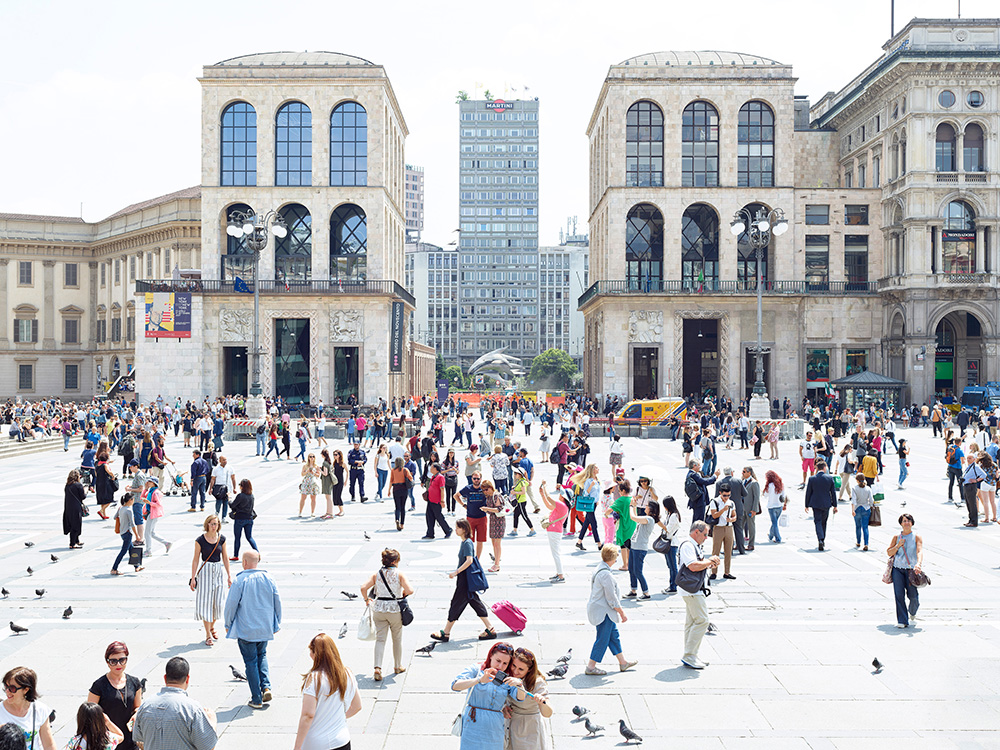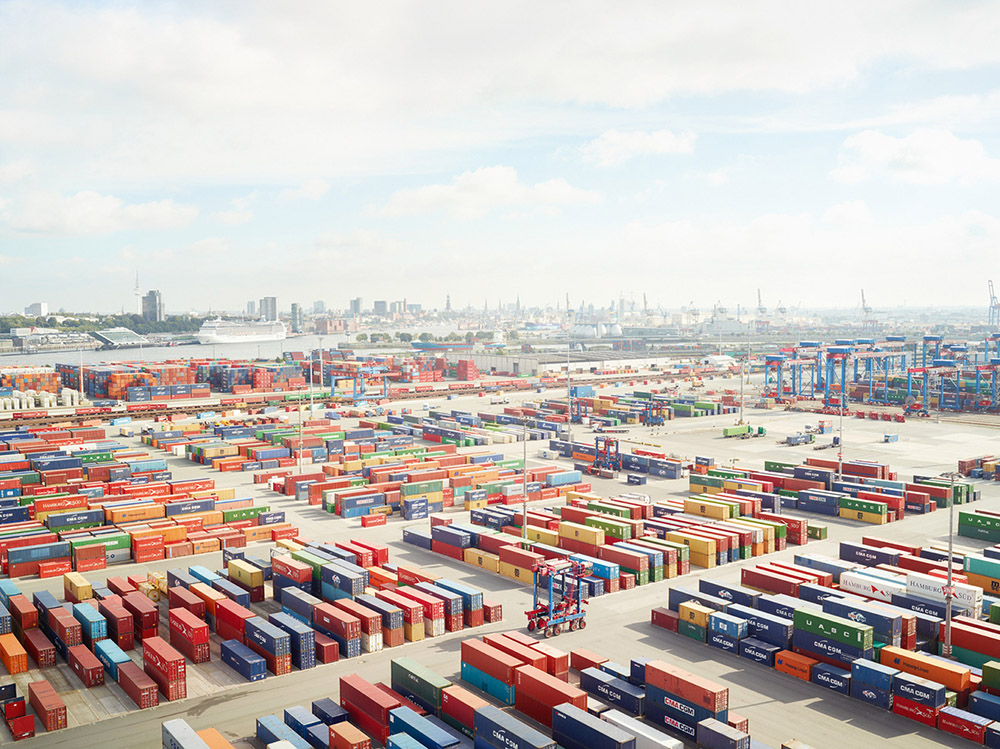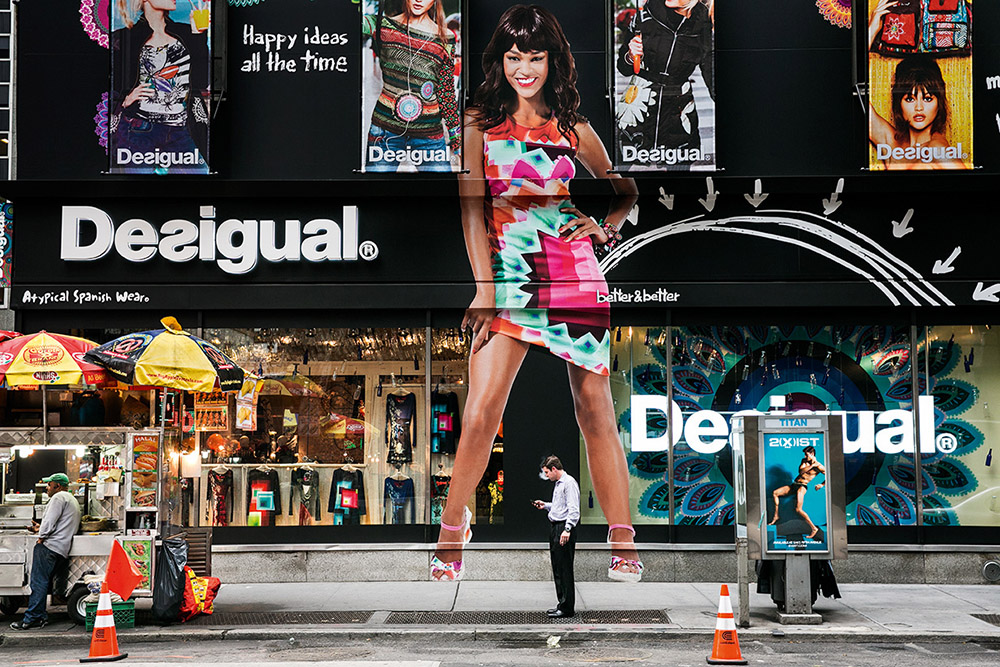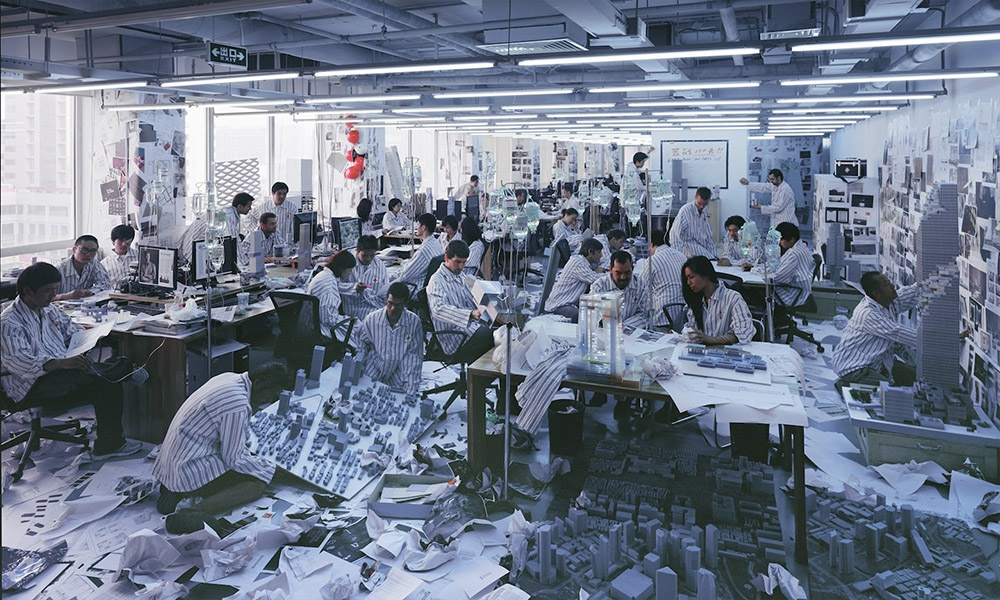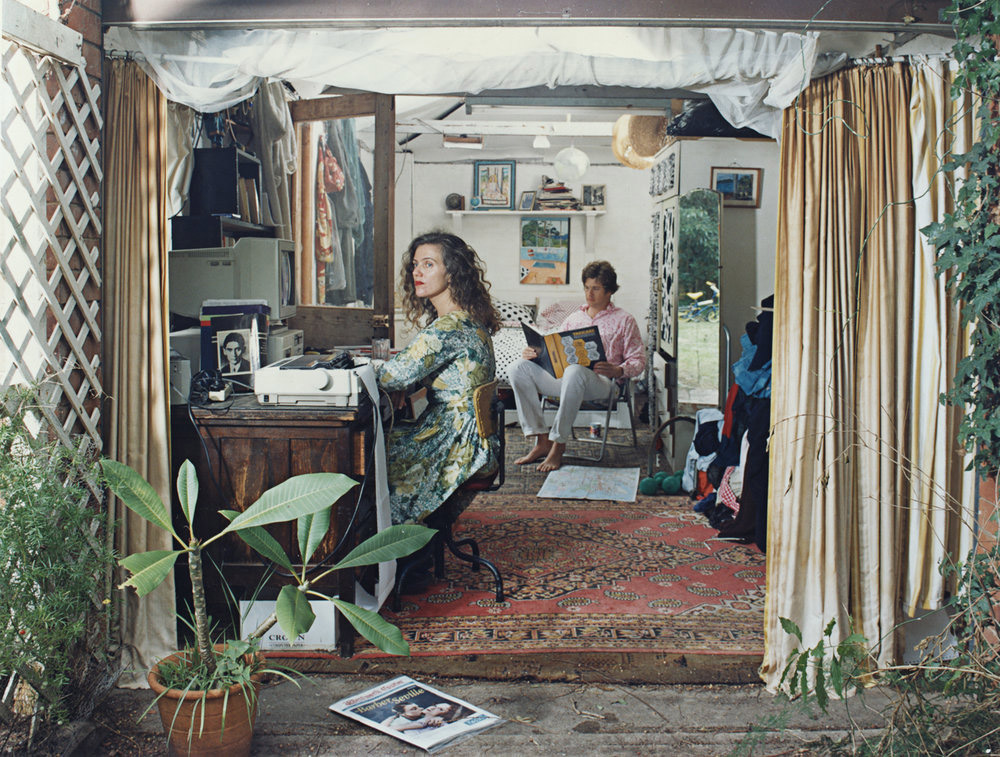PHOTO:Civilization-The Way We Live Now
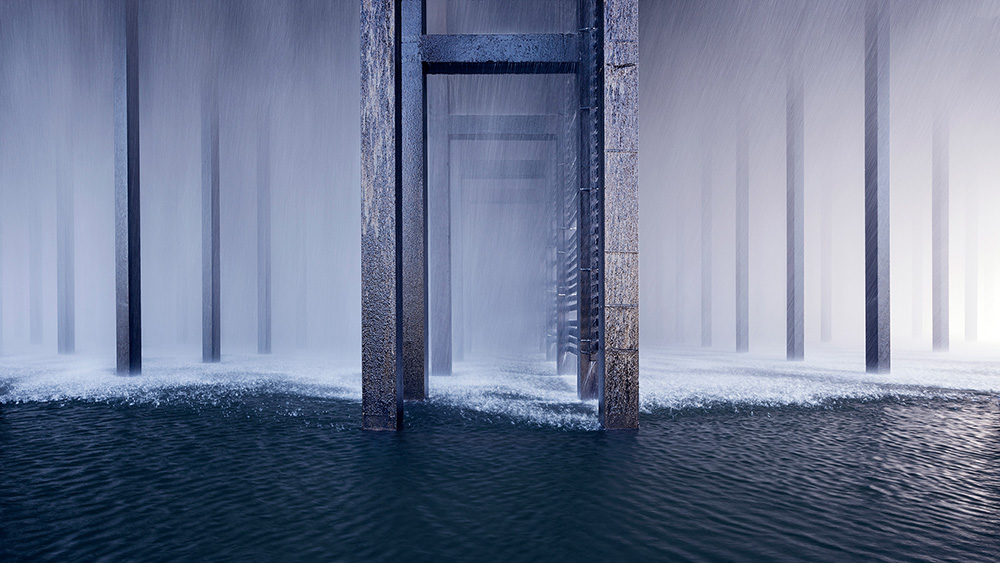 Our contemporary civilization is an extremely complex collective enterprise. Never before in human history have so many people been so interconnected, and so dependent on one another. In science and art, at work and play, we increasingly live the collective life. The Olympic Games, the giant Airbus, CERN, MRI, the Trident Submarine, Wikipedia, the Academy Awards, the International Space Station, Viagra, the laptop computer and the smartphone… However we feel about any of them, none of these complex phenomena would have been possible without superlatively coordinated efforts involving highly educated, highly trained, highly motivated, highly connected people.
Our contemporary civilization is an extremely complex collective enterprise. Never before in human history have so many people been so interconnected, and so dependent on one another. In science and art, at work and play, we increasingly live the collective life. The Olympic Games, the giant Airbus, CERN, MRI, the Trident Submarine, Wikipedia, the Academy Awards, the International Space Station, Viagra, the laptop computer and the smartphone… However we feel about any of them, none of these complex phenomena would have been possible without superlatively coordinated efforts involving highly educated, highly trained, highly motivated, highly connected people.
By Efi Michalarou
Photo: MMCA Archive
The exhibition “Civilization: The Way We Live Now” features the 300 work by 100 of the world’s finest photographers. It offers a retrospective of the 25 years of global civilization and its process since the early 1990s, with a focus on the collective behaviors and achievements that have largely abated in the era of individualism. Without denying individualism or individualist culture, the exhibition spotlights things and values shared en masse. Through photographs taken from around the world, the exhibiting artists observe, record, and interpret “the way we live now”: where and how we live, how we work and play, how we transport ourselves and things, how we cooperate and compete, how we love, and how we start wars. Capturing workplaces such as banks, government agencies, prisons, and schools, the photographers each present their own perspectives on our civilization. The exhibition presents the various artistic perspectives divided into eight sections: “Hive,” “Alone Together,” “Flow,” “Persuasion,” “Control,” Rupture,” “Escape,” and “Next”. The first section, “Hive”, reflects on the organic urban development and expansion led by man. Cyril Porchet’s “Untitled” depicts a frame full of people gathered like a colony of insects, while Candida Höfer’s “Augustiner Chorherrenstift Sankt Florian III”, captures the epitome of a human hive, a grand library built on the collective effort of man. The second section, “Alone Together”, observes the relationships among humans who are by nature social animals. Dona Schwartz outlines common junctures in contemporary families through the sequel series “On the Nest: Expecting” and “On the Nest: Empty Nester,” and Yeondoo Jung’s “Evergreen Tower” series portrays 31 pictures of families in the living room with the same-looking furniture. The third section, “Flow”, traces the shifts in our living conditions as a result of civilization, covering topics of capital, oil, conveyor belts, and road vehicles. Edward Burtynsky’s “Manufacturing #17”, “Deda Chicken Processing Plant”, “Dehui City”, “Jilin Province” portrays laborers as mechanical parts of a mass poultry processing factory in China, while Olivo Barbieri’s Site-Specific “Mexico City 11” documents statuesque concrete towers indicative of future urban landscapes. The fourth section, “Persuasion”, looks into the means of persuasion developed with the civilization of advertisement, propaganda, and marketing. “Façade” series by Han Sungpil recounts works that focuses on the painting of a shroud covering the unpleasant appearance of a construction site, as “The Politics of the Office” series by Andreia Alves de Oliveira studies offices of an advertisement company, a law firm, and a brand consultancy over time. The fifth section, “Control”, explores the ways in which authoritative institutions exercise their power. This section features “Proviing Ground”, a photograph of Dugway Proving Ground, a classified site in a remote region of Utah’s Great Salt Lake Desert by David Maisel, and “Inside the belly of an active cooling tower in Belgium. Billions of water droplets fall down while releasing heat to the environment” by Reginald Van de Velde. The sixth section, “Rupture”, discusses societal collapses and conflicts. Pablo López Luz monitors the Mexico-United States border as part of his “Border” series, and Xing Danwen addresses the issues of consumerism through “disCONNEXION, B12”, depicting a massive pile of electronic waste. The seventh section, “Escape”, captures people in their leisure, consuming various “products” for their entertainment. Massimo Vitali’s “beach” series shows people enjoying the beach, while An-My Lê’s Film Set (“Free State of Jones”), peeks at the behind-the-scenes action of a film set reproducing a scene from the past. The final section, “Next”, glances at the newly developing world of the 21st century. Robert Zhao Renhui’s “A Guide to the Flora and Fauna of the World” criticizes genetic manipulations of plants and animals, and Michael Najjar’s “f.a.s.t.” looks out over a 500-meter-diameter telescope. Taken as a whole, this exhibition takes stock of our civilization’s material and spiritual culture, ranging from the ordinary to the extraordinary, and from civilization’s great collective achievements and its ruinous collective failings, expressing thoughts and feelings in the richly nuanced language of photography. And though it features photography of the real world, it embraces different ways of dealing with it, from the ‘straight’ document to the mise en scene.
Info: Chief Curator: Seungwan Kang, Curators: William A. Ewing, Holly Roussell, Soojung Kang, Sunkang Chang, Suhyun Bae, Assistant Curator: Juliette Hug, Curatorial Assistants: Laura Gomez-Schaer, Cynthia Gonzalez-Bréart, The National Museum of Modern and Contemporary Art-Korea (MMCA), 13 Gwangmyeong-ro, Makgye-dong, Gwacheon-si, Gyeonggi-do, Duration: 18/10/18-18/2/19, Days & Hours: Tue-Fri & Sun 10:00-17:00, Sat 10:00-21:00, www.mmca.go.kr

